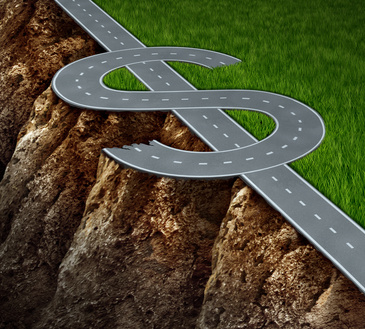The December Euro currency futures sold off sharply on the ECB’s decision to cut rates to .25% on November 7. Fortunately, the negative commercial momentum combined with the short-term overbought nature of the Euro had already placed us on the short side of the market on October 30 at $1.3747. We took profits on this position around $1.34.
Frankly, we expected a much deeper decline. The commercial traders’ action over the last couple of weeks has explained why the precipitous drop never materialized.
Commercial traders in the Euro have purchased more than 73,000 contracts in the last two weeks.
This surge of buying pressure was enough to keep the market afloat even with the interest cut by the ECB. Furthermore, their buying has been strong enough to turn our momentum indicators bullish. I’ll be honest I don’t have a solid fundamental explanation as to why the Euro should trade higher. However, I do believe that the commercial traders as a group have access to far better information and models than I can conjure up flying solo. Therefore, I will defer to their combined sense of value and adjust my trading accordingly.
Technically, it looks like the Euro is building a bear flag formation. You can see the channel on the Euro currency chart, here. Given the broad scope of the commercial traders’ activity, I feel it’s very plausible that the market falls through the bottom of this bear flag and tests the $1.3350 area. Hopefully, this will be enough to create an oversold situation on our short term momentum indicator, the ARSI. That would allow us to buy the next move higher and use the breakdown area as a protective stop level to against what would be a newly initiated long position.
The buying pressure the commercial traders are putting into the market hasn’t been seen since the first half of July and that was enough to kick start a move from $1.28 all the way up to the $1.33-$1.34 area. We’ll see if this pushes the Euro to test its highs around $1.38.




